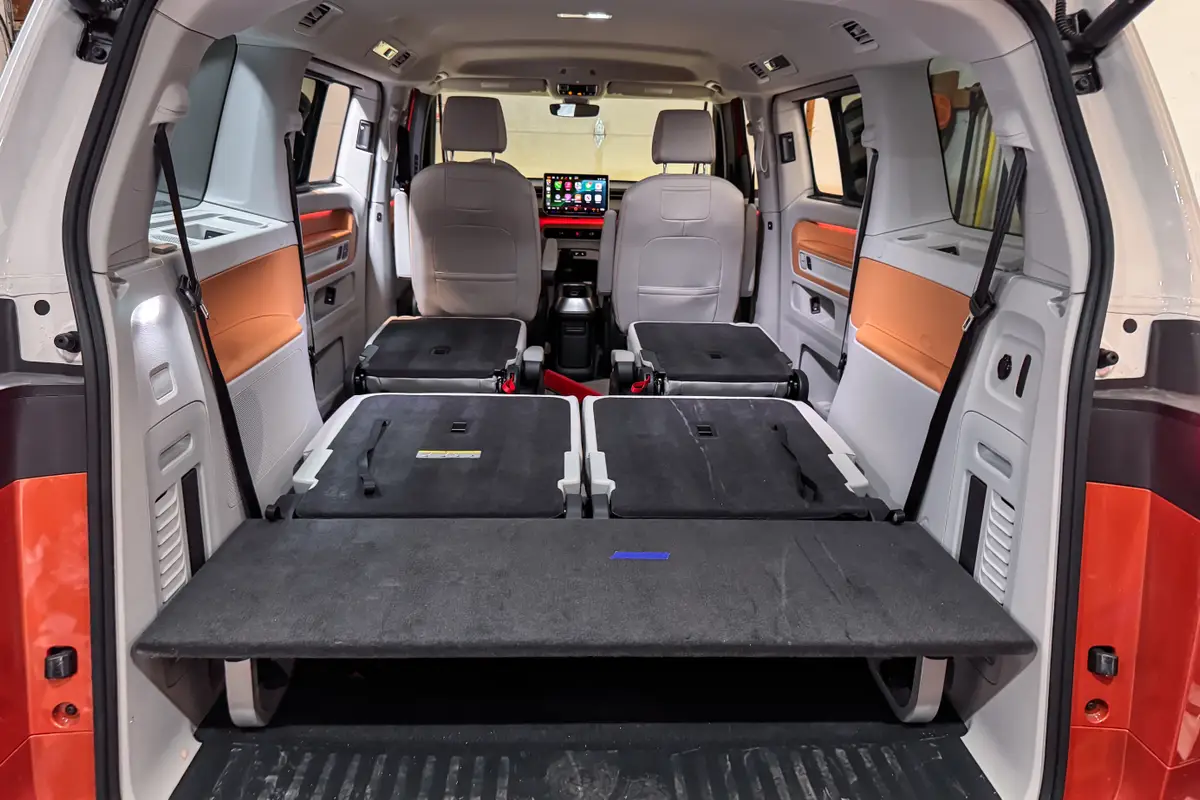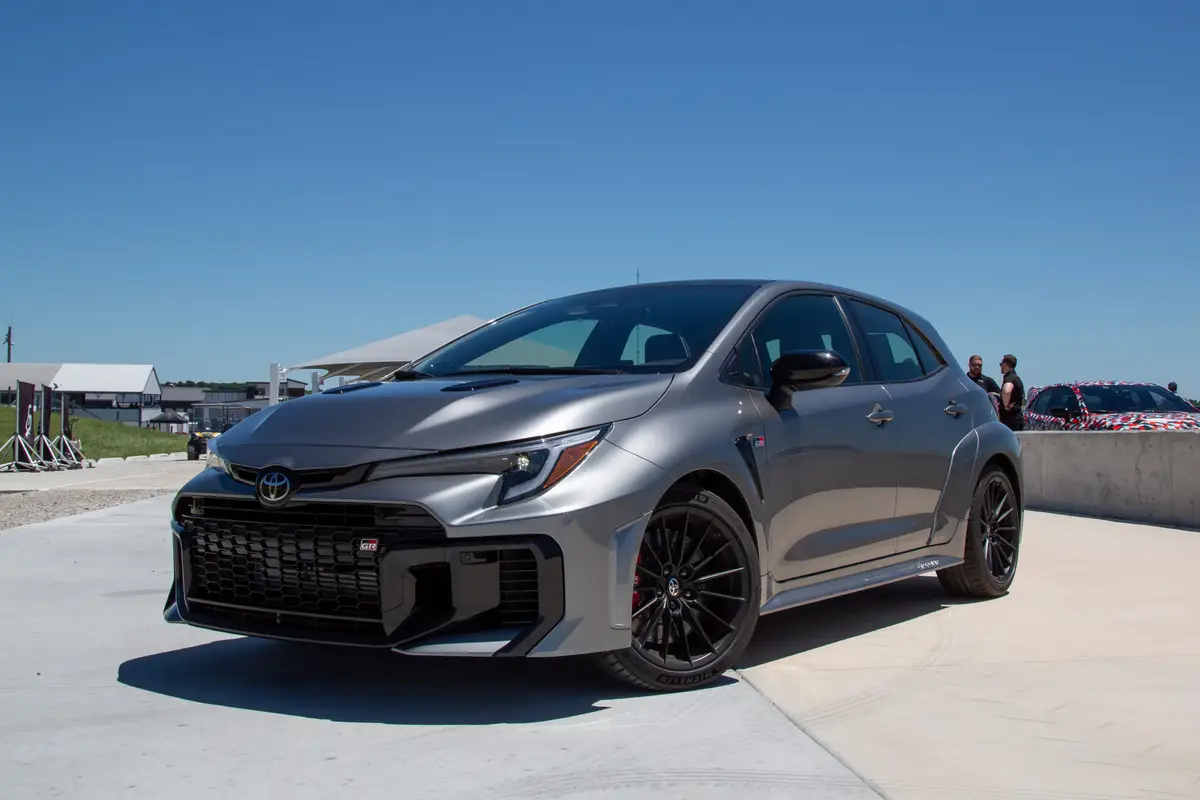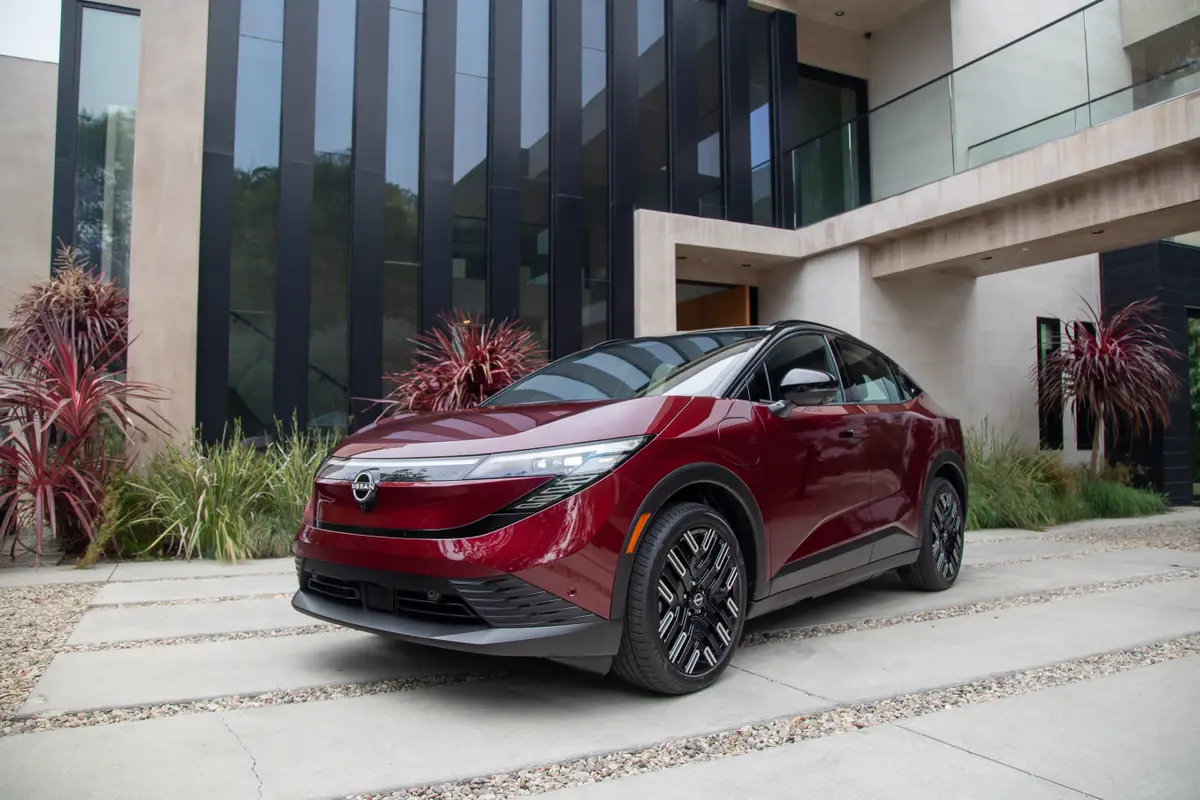New Cars Showcase Clean Diesel Options


The diesels are coming! The diesels are coming!
The first auto shows of the year offered hints of the diesel invasion to come. Among the green technologies announced at Detroit were almost 10 diesel engine options, most of them in models going on sale this year. Concept cars highlighted five more. What’s exceptional, apart from the number, is that all the vehicles listed below are either cars or SUVs, not heavy-duty pickup trucks, which is where diesels have been offered all along and will continue to be, in growing numbers. Some are sports cars, which illustrates that diesels can be quick, too.
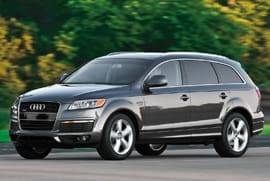
Production diesel cars and SUVs introduced to North America at 2008 auto shows include the Acura TSX (2009), Audi Q7 TDI (available early 2009), BMW 335d (fall 2008), BMW X5 xDrive35d (fall 2008), Kia Borrego (2010), Mercedes-Benz GLK prototype (2008) and Volkswagen Jetta TDI (August 2008).
Possible future models include the Cadillac CTS and Volkswagen Passat.
Diesel concept cars included the Audi R8 V12 TDI, Jeep Renegade, Land Rover LRX, Mitsubishi Concept-RA and Saturn Flextreme.
The obvious questions are:
- Why is this happening?
- Why are the dirtiest, stinkiest, noisiest engines we’ve ever seen now considered green?
The most important point is that diesels are no longer dirty, stinky or noisy, thanks to new clean-diesel technology expected to hit our streets by the end of this year. They’re pretty much as clean as gas engines. What makes them greener is that diesels are about 30% more efficient than gas engines of comparable performance. If you’re burning 30% less fuel, that means 30% less carbon dioxide — a greenhouse gas — produced, which is what typical hybrids deliver. Voila! Suddenly diesels are green.
A bonus: Diesel engines can run on biodiesel, which can be produced in whole or in part from organic matter — even waste, such as used fryer oil. (Soybeans are the most common source, but the food-based biofuel approach looks worse every passing day.) Unlike ethanol, straight biodiesel is non-toxic, non-corrosive and potentially cleaner-burning. Unfortunately, only B5 (5% biodiesel mixed with 95% petroleum diesel) is allowed under new-car warranties, so buyers might not choose to exploit the renewable fuel’s true potential until their warranties expire. The government could eventually require a higher level, but it’s unlikely to go above B15 as a first step.
New Fuel and New Drivetrains
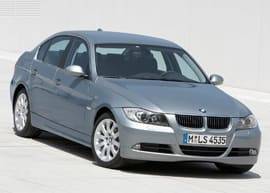
The big change in petrodiesel was the U.S.’s switch last year to ultra-low-sulfur diesel fuel, which allows the use of catalytic converters, filters and other exhaust treatments that the sulfur in old diesel fuel would have fouled up. The biggest change in the cars themselves will be the application of urea injection in most diesels for 2009. Urea (which also happens to be a component of urine, in case you’re wondering) is sprayed into the exhaust stream, giving the polluting molecules something to react with. The exhaust gas emerging from a final catalytic converter has nitrogen oxide levels (the worst offender) equal to that of a gas engine.
A few gallons of urea solution will be carried in an onboard tank and refilled when the car’s oil is changed; the interval is typically from 5,000 to 15,000 miles, and some brands include the cost in warranty maintenance. Look for automakers to use the term “diesel exhaust treatment fluid” to avoid the word “urea” (for obvious reasons). Mercedes and some other brands use the name AdBlue. (I suppose AdYellow would only reinforce the gross association.) The need for an additional fluid has been a hurdle over which the EPA has hesitated to jump. If run without it, the engines would once again pollute, so the cars that rely on it will give a series of driver warnings to allow them plenty of time to get their car refilled. If it’s ignored long enough — after increasingly urgent and specific warnings — the car won’t start. With this provision, the EPA signed off on the concept.
Not all clean diesels will need urea. The Jetta TDI’s engine is small enough that its emissions fall within limits. Honda has promised a diesel four-cylinder for an Acura model — most likely the TSX — that the company says won’t need urea either. A V-6 is also in development.
The U.S. Plays Catch-Up
Most of these early diesels come from Germany, mainly because more than half of the cars sold in Europe are diesel. Europe has always concerned itself with consumption as much as pollution, and its regulations tend to allow a little more pollution from a more efficient car and less from a thirsty one. There’s no such flexibility here because our fuel has been much cheaper and the primary pollutants from diesels are implicated in smog formation — a problem in Los Angeles, whose lead the entire country follows.
Full Potential is Slow to Come
Unfortunately, though most early clean diesels will be more efficient than gas versions of the same model, we’re unlikely to see dramatically high mileage until additional smaller cars adopt diesel. Most of the models listed above are luxury vehicles, which tend to be heavier and less efficient to begin with. The Jetta TDI has the most potential to impress and compete with hybrids. Unfortunately, like hybrids, diesel engines will add to a car’s sticker price. VW predicts it will be a $2,000 premium for the Jetta TDI. When the current Touareg V10 TDI’s 10-cylinder gets a more reasonable clean-diesel V-6 replacement, its price will be closer to that of the optional gas V-8 version (currently $48,390) versus the gas six-cylinder ($39,300). The cost will include additional features, not just the engine change.
Diesels will probably remain more expensive than gas engines because they’re more expensive to manufacture, but they’re a bargain compared to hybrids, which automakers essentially give away or take a loss on. For this reason, they have more long-term potential and should come down in price. No one alternative fuel will make a dent in our petroleum usage, but a combination will. Diesel’s efficiency and the promise of biodiesel make it a major player.

Former Executive Editor Joe Wiesenfelder, a Cars.com launch veteran, led the car evaluation effort. He owns a 1984 Mercedes 300D and a 2002 Mazda Miata SE.
Featured stories
